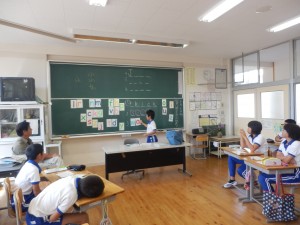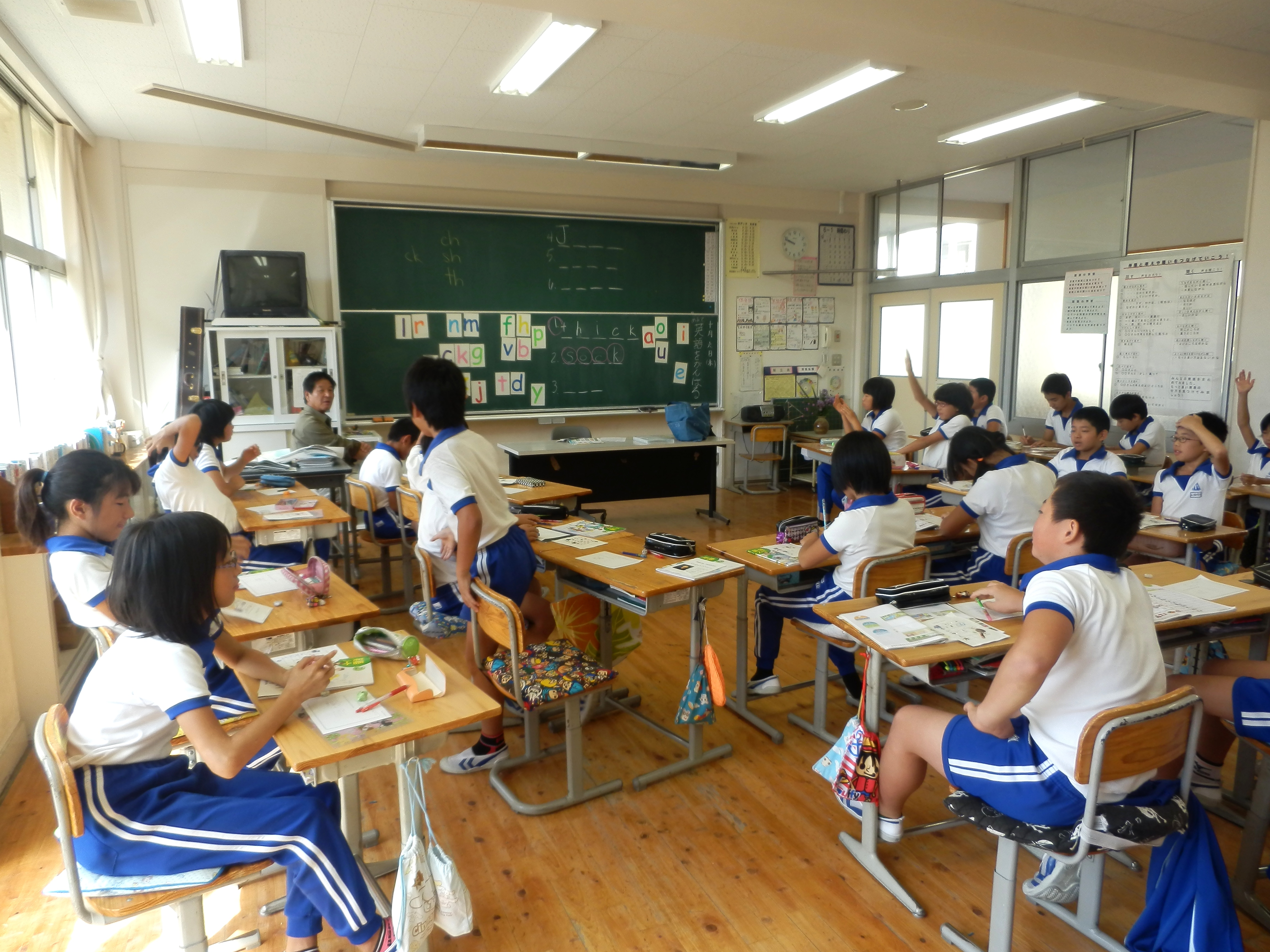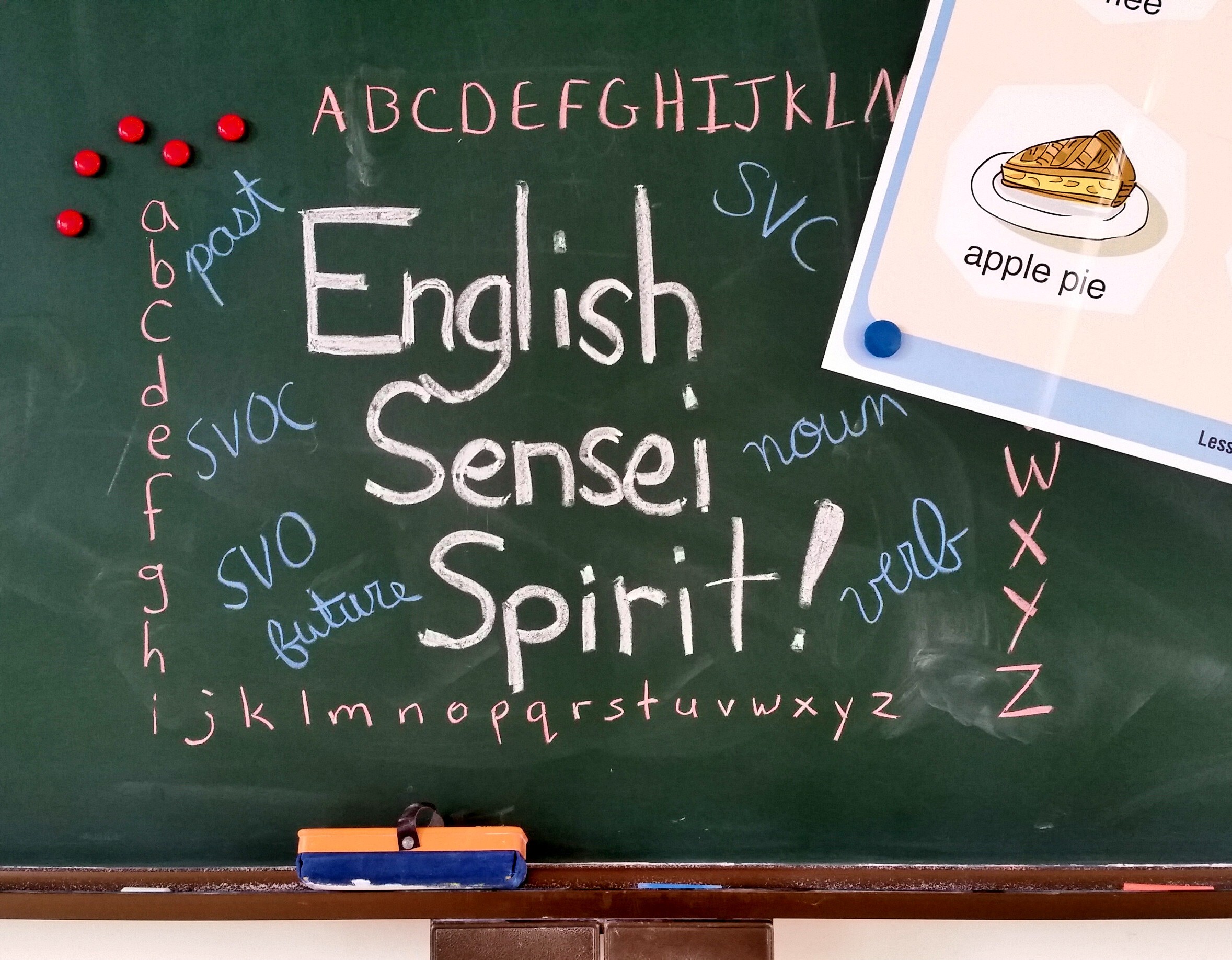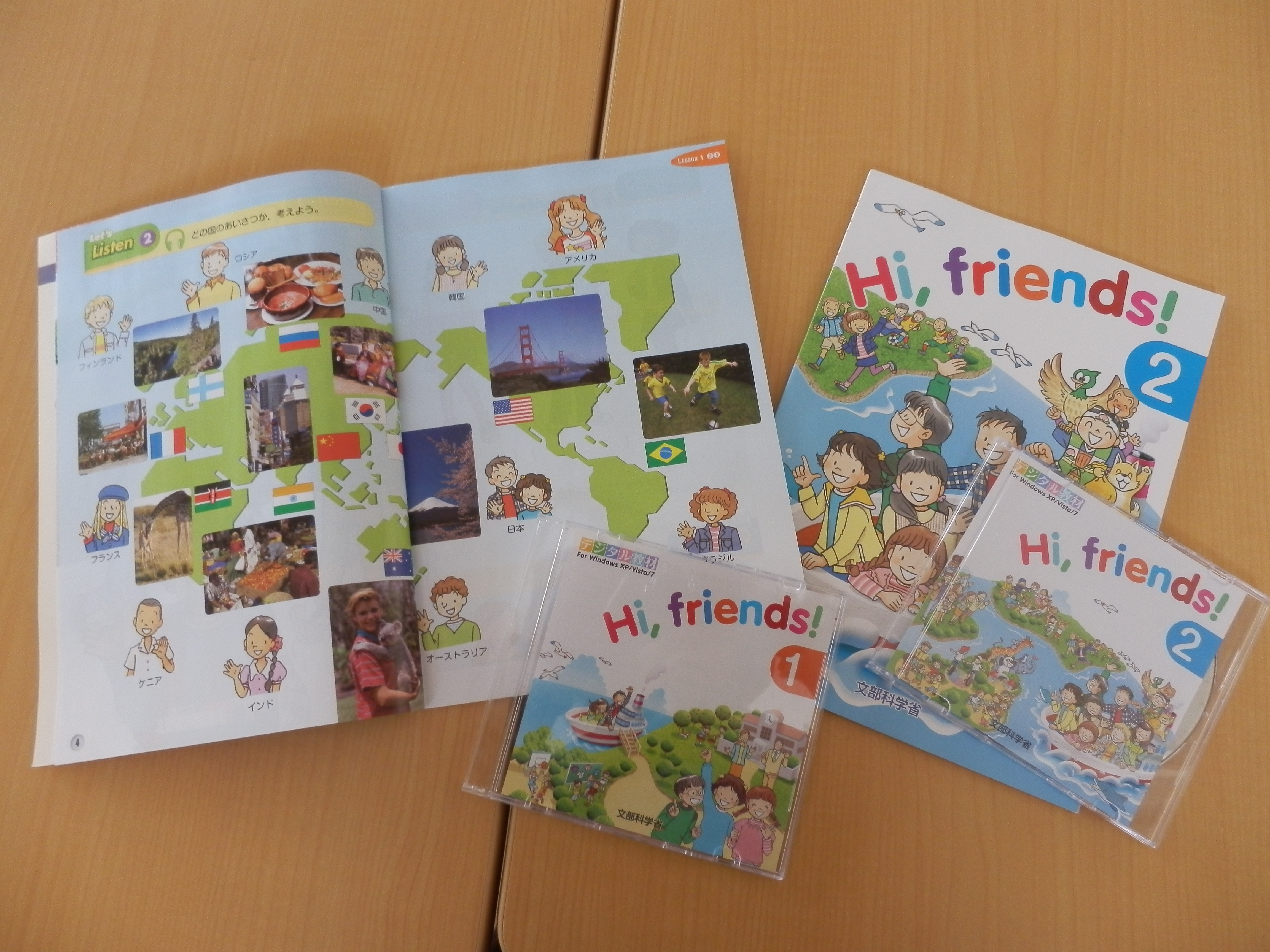English Sensei Spirit: How my 6th Graders Learned to Spell
No, seriously, we do spelling activities, and the kids get way more into it than I ever would have predicted. Here is how it happened. I’ll warn you now that this isn’t a tips-and-tricks kind of ESS for this month; this is a whole system that will take several weeks to get implemented, but will serve you potentially for years.
I got the AJET Foxy Phonics book at some point. This book is meant mostly for JHS, and I do use it there, but my JTEs aren’t as religious about giving me ten minutes for phonics as I would like. In elementary school, where I make the entire lesson plan, it’s another story. If I want phonics, by God, phonics there will be.
Foxy Phonics starts out simply enough, asking kids to circle the letter they hear in different words as I say them, but by about the 4th page, we’re starting something that initially worried me: spelling. Kids are given two or three blank spaces, and each space is one letter. I was convinced that trying something like spelling would take the wind out of our sails, and was tempted to skip the spelling sections altogether, but I’m glad I didn’t, or spelling day wouldn’t be the ridiculous game show it has now become.
The ingredients you need are a bit time-consuming to make, but once made, will serve you in good stead for the rest of your ALT life. I use a full set of hand-colored (I’m too dedicated, I know) alphabet letters in both capital and lowercase for a ton of different elementary activities, the most basic of which is “everyone put your letter in order on the board†and the most complex of which is, so far, spelling.
The other important ingredient is a reward system. My students collect stickers to fill up a gridded sticker sheet on the back of their “English Passports,†but any reward system will do.
The other obvious addition is the AJET Foxy Phonics book, which you can also do without, but which does make this entire activity a lot easier. The books introduces letters a few at a time, and I get the kids to say the letters, make their sounds, do the activities, and keep moving along. Each spelling activity only uses the letters you have “learned†up to that point in the book, so it starts off small.
On our first spelling day I put up all the letters the kids had officially learned to that point: a, m, s, d, and t. I reviewed their pronunciations, and gave the kids the hint that the letter a would appear in every single spelling word (I set it on the other side of the board, where the vowels would then appear together, always with the hint that you would need at least one of those in each word).
I then said each word slowly and carefully, and walked around the room saying it to different groups, especially those with kids that were saying “One more?†Some kids wrote out very katakana interpretations, although they were often stymied by the limit of only three letters for the word “mat.†One kid stared at me. Mat. Matsu? No, mat. Matto? No. Listen carefully: mat.
 Months later, kids are spelling words like thin, wax, fish, and more. Obviously, some kids get the hang of it faster than others, but I’m still happily surprised when I say what I think is a really difficult word, and I walk around and see that half the class has nailed it.
Months later, kids are spelling words like thin, wax, fish, and more. Obviously, some kids get the hang of it faster than others, but I’m still happily surprised when I say what I think is a really difficult word, and I walk around and see that half the class has nailed it.
The most exciting part for them is the “let’s check answers†segment of the activity. At first, I gave out stickers just for giving it a shot, and now it’s established that you get a sticker if you get at least one letter right, possibly two stickers if the teacher is in a good mood and you get all the letters right on the first try on a really hard word. Whatever the reason, kids will basically jump all over each other raising their hands for a chance to get up and throw letters on the board.
Kids approach the board and select letters from those posted (which by now is everything except, I think, Q), and place them in the spaces. Sometimes they write them instead, which is an optional twist that gives you the option of teaching how letters like g, y, and j go below the line. If they use the magnet cards, I replace to the side the cards that are in the wrong place, and remove entirely the letters which are not in the word at all (if they write, it’s just a matter of erasing letters that are not where they belong). The kids feel supported by their classmates when I remove mistake letters and the entire rooms shouts “eeehh?!†because they really thought the person answering was right about that letter. I like to give this part a little flourish as I’m revealing the big secrets of the right answers.
They love it, and we collaboratively (though sometimes kids do just get ridiculous words correct on the first go) spell our way through the activity. It does end up taking a lot of time, some days, but they seem entertained, and I feel like they are learning, so heck!
One other thing I’ve begun to do as we added more and more letters to the board is group them by “families.†I put letters next to each other that have similar sounds or which are phonetically related. Voiced consonants go next to their unvoiced counterparts. This makes it easier in hint-giving if I want to say “it’s not that letter, but it is in the same family…â€
Lastly, I’d like to mention that this whole using Foxy Phonics in ES flies better with some classes than with others. As of now, I like to start when kids are in the 4th grade, but to be honest, some of my 4th graders are being resistant. On the other hand, I’ve got a great little class of ES 3rd graders who, because they love English or something, have started on phonics already (we started phonics before they learned Romaji), and are doing a great job (we just got to the first spelling part with them, and they did quite admirably!). Go with what you know of your group, but be willing to let them surprise you!




